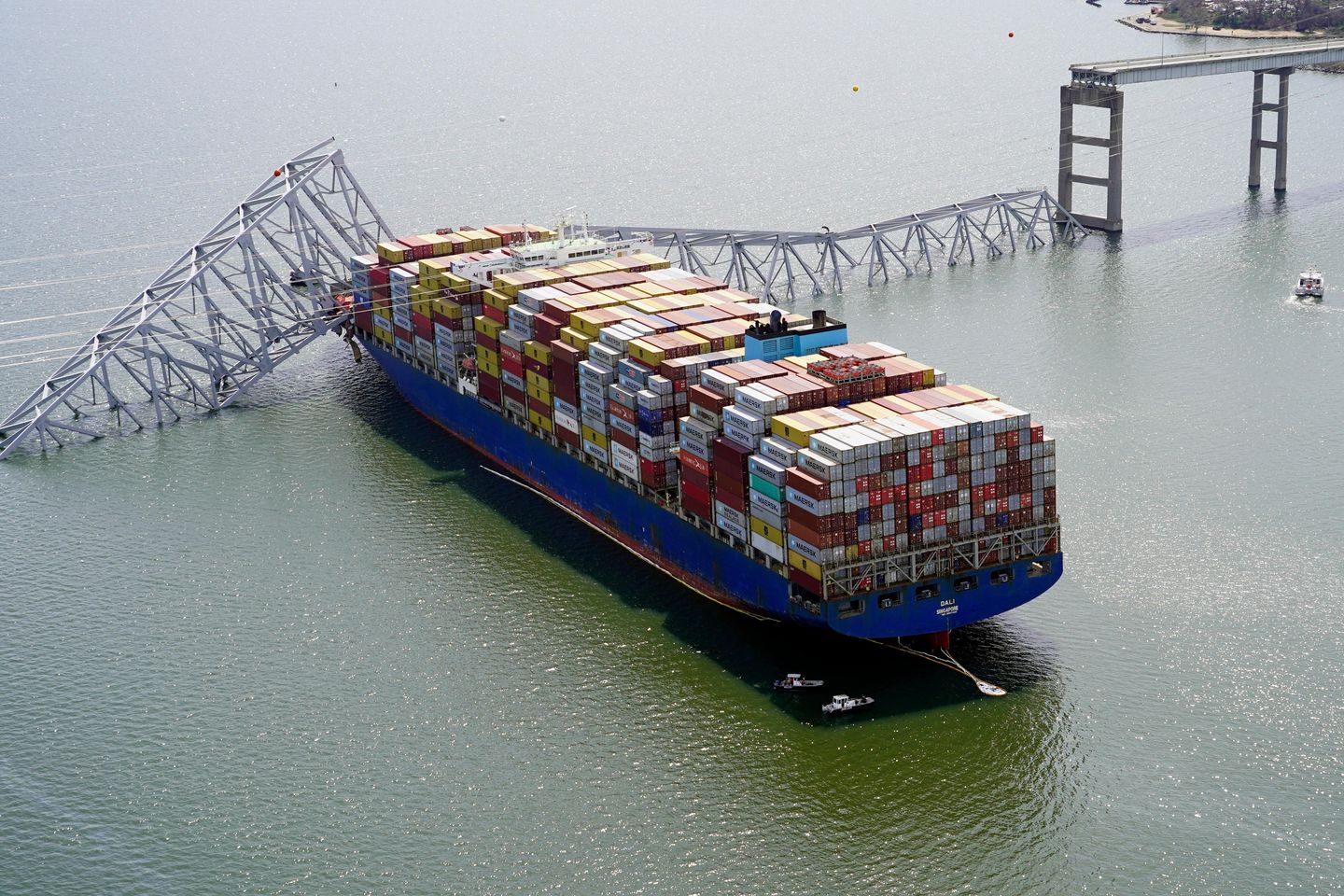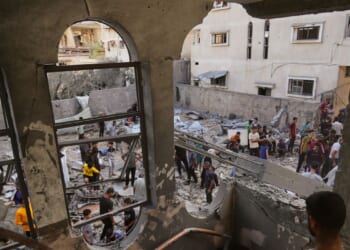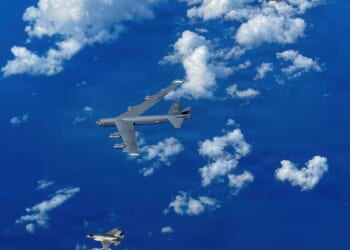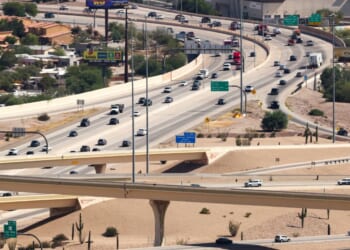
A loose wire and a dormant fuel pump triggered two blackouts aboard the massive cargo ship Dali, federal officials said Tuesday, causing the freighter to crash into Baltimore’s Francis Scott Key Bridge last year in a collision that toppled the span and killed six construction workers.
The National Transportation Safety Board said the two blackouts, minutes apart, cut power to the ship’s steering and propulsion systems as the vessel approached the bridge near the mouth of the harbor.
Without power to aid in the steering, the ship drifted into the Key Bridge’s southern pier and brought down the structure early on March 26, 2024.
Six men filling potholes on the bridge died in the wreckage. Miraculously, rescue teams managed to save two workers by pulling them from the frigid waters of the Patapsco River.
“The fact is, none of us should be here today. This tragedy should have never occurred. Lives should have never been lost. As with all accidents we investigate, this was preventable,” NTSB Chairwoman Jennifer Homendy said during the hearing.
Investigators determined the first blackout was caused by a loose signal wire that had not been properly installed.
Officials said the wire’s label prevented it from being fully inserted into place, and set off the initial power outage shortly before 1:30 a.m.
The Dail’s crew quickly restored power to the ship, but a second blackout followed moments later. Investigators said the loss of power stemmed from a lack of fuel to the generators, because the pump that kept the generators running requires crew members to manually restart it.
Turning that generator back on would have required the crew to go into the belly of the ship in complete darkness, officials said.
NTSB investigators said the Key Bridge also lacked bulwarks to protect it against the enormous size of modern-day tankers such as the 947-foot Dali.
Port authorities had discussed reinforcing the bridge roughly two decades ago, yet no action was taken on the matter.
“If the Maryland Transportation Authority had calculated the Key Bridge vulnerability, the MDTA would have been aware the risk of collapse was almost 30 times greater than the (American Association of State Highway and Transportation Officials) acceptable risk threshold,” NTSB Highway Factors Engineer Scott Parent said.
Officials determined that the crew reacted in a timely manner to the loss of power, but the ship was too close to the Key Bridge to execute any effective maneuvers.
The investigators further found that MDTA police officers may have had time to save the six construction workers’ lives if they had relayed Dali’s distress signal sooner.
“Had the highway workers been notified of the Dali’s emergency at the same time as the MDTA police officers, there would have been about 1 minute and 29 seconds to evacuate before Pier 17 collapsed,” Mr. Parent said.
The board’s vote comes a day after Maryland officials more than doubled the estimated cost to replace the bridge and pushed back its projected completion date to 2030.
The new projected cost is between $4.3 billion and $5.2 billion. The prior estimate was around $1.9 billion.
The bridge collapse also cut off a major economic waterway for Baltimore for nearly three months as work crews removed debris from the river.
• This story is based in part on wire service reports.












